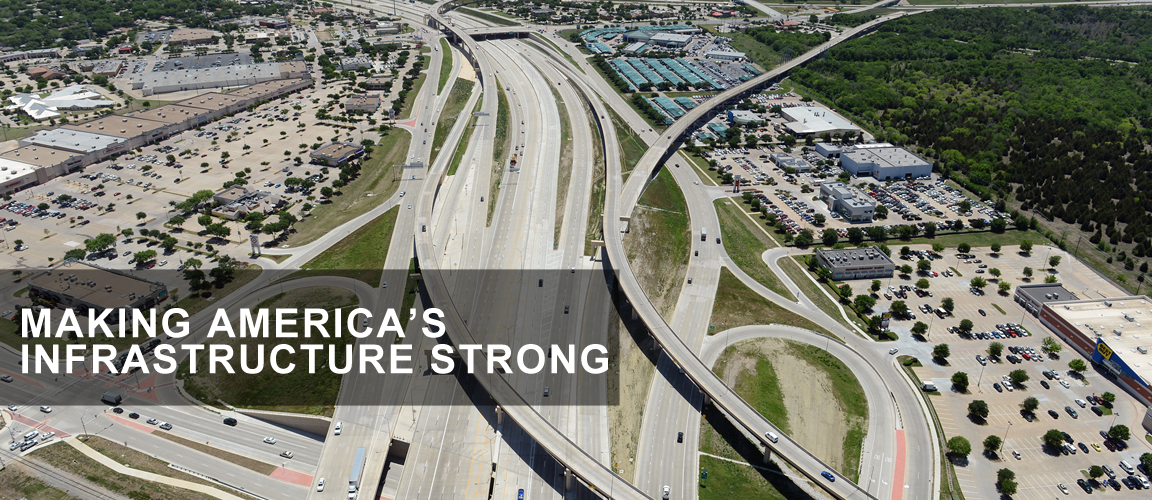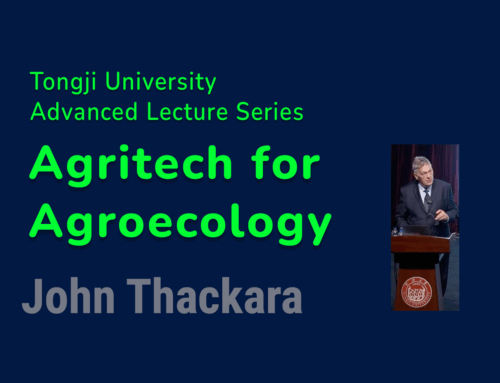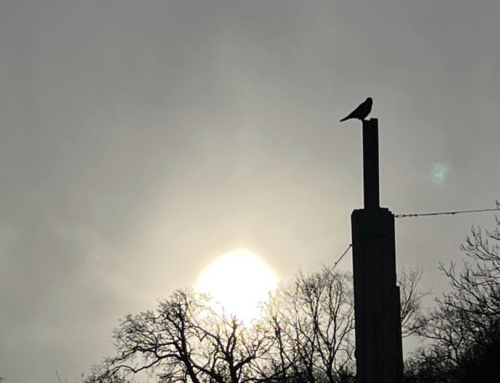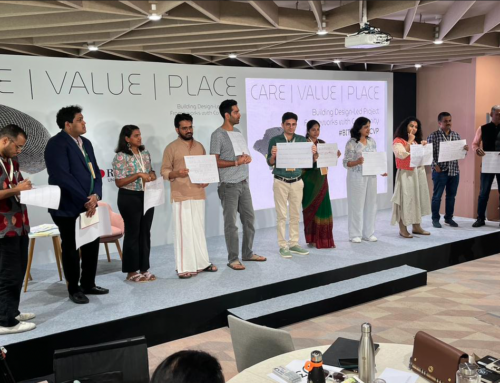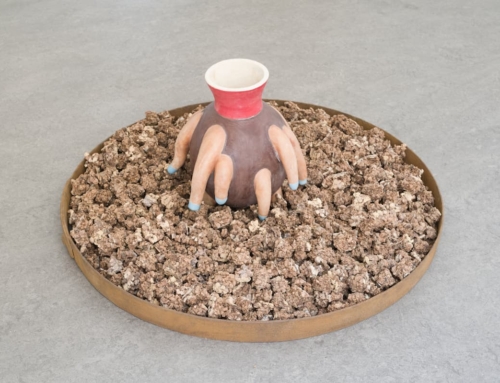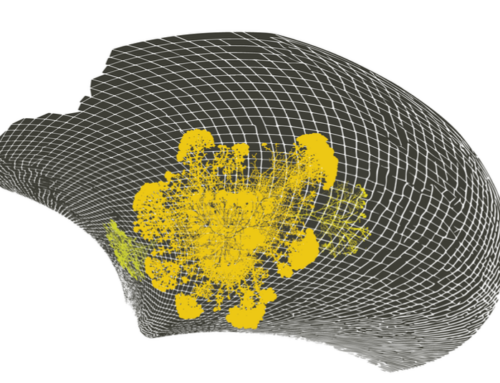I was shocked by this ad in the Financial Times last week. Why would anyone publish such a nightmare image – of concreting over the living world – especially when the rest of the media were filled, at the same moment, with images of the planet literally burning?
The ad, it turns out, was to mark the 18 month anniversary of President Biden’s Investing in America agenda. That law triggered billions in immediate funding and the launch for 32,000 infrastructure projects across the land: bridges, highways, tunnels, airports, dams. The above “Making America’s Infrastructure Strong” ad was the cement industry’s way of joining in the celebration.
Brazil, too, unveiled a $76bn public spending spree last week. In fact, Green New Deal, Green Infrastructure, and #BuildBackBetter programmes are being launched across the world.
The problem? Most of these projects that are heavy, expensive and ecologically damaging.
That’s easy to say – I’ve been making that point myself for nigh on 30 years. But in the absence of practical alternatives, simply saying “Stop!” is hopeless advice for the millions of people whose livelihoods depend on hard infra, now.
Alternatives kinds of infrastructure do exist – but they tend not to be investable. Cleaning up a river, or depaving a parking lot, costs far less than building a highway. But a new highway boosts GDP, so that’s where the trillions get spent.
Is a just transition for the hard infra economy feasible? And if so, what would it look like?
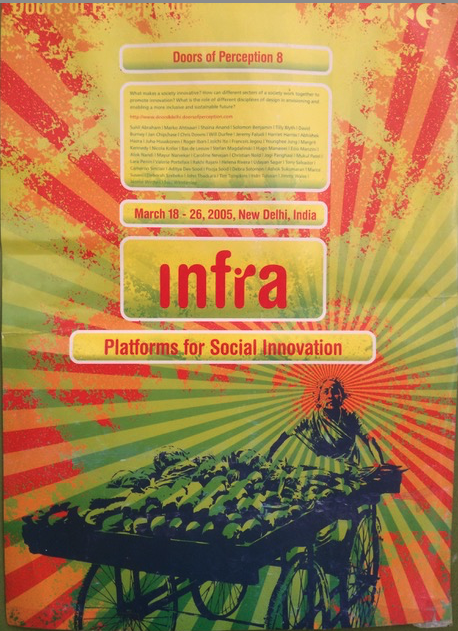
We posed just that question at Doors of Perception 8 in New Delhi, in 2005, on the theme Infra. Our focus then was thepromise of social innovation platforms as a form of infrastructure that enables, rather than destroys, life.
We spent most of that week marveling at the vitality and resilience of India’s informal economy. But another highlight was when Margrit Kennedy, a world authority on complementary currencies, described how non-cash economic systems are where a genuinely new economy is being born.
Our big hope out of Doors 8 was that networked mobile communicatioehan ever.our t vigns would be the enabling infrastructures for local money. In the event our conference sponsor, Nokia, passed on the chance to design away money. Their loss! Had they taken our advice, they’d have done well in the global financial crisis that followed shortly afterwards, in 2008.
Fifteen years on from Doors 8, alternatives to concrete infrastructure – infrastructures of care – are proliferating with more vitality than ever. These are the practical ways by which local communities – together, often, with businesses and governments – work with living systems in ways that encourage life: land care, soil care, forest care, river care, desert care, tree care.
In what ways can design enhance and extend these infrastructures of care? I’ll discuss that question this week at the KES Summit in Brazil ; at E&PD in Barcelona on 7 September; and at WDCC Shanghai on 26 September.
If you have project, course or thesis on infrastructures for life, that you’d like to develop, we also have two more places available our #ThackaraMeetup starting 9 September.
